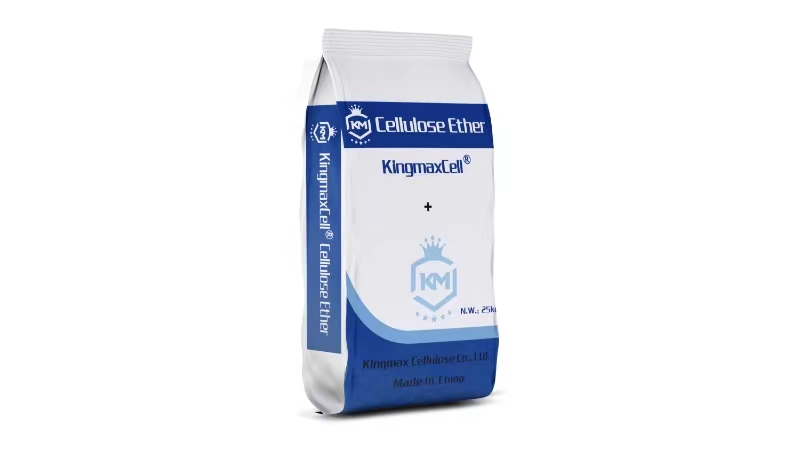Hydroxypropyl Methylcellulose (HPMC) is a versatile cellulose ether used in various industries for its thickening, emulsifying, and film-forming properties. One of the key characteristics of HPMC is its viscosity, which plays a crucial role in determining its performance in different applications. This article explores the factors affecting the viscosity of HPMC and its significance in various industries.
Factors Affecting HPMC Viscosity
1. Degree of Substitution (DS) and Molar Substitution (MS)
Explanation: The degree of substitution (DS) refers to the average number of hydroxyl groups on the cellulose molecule that have been replaced by methoxy groups. Molar substitution (MS) indicates the average number of moles of substituent groups attached per anhydroglucose unit of the cellulose.
Impact: Higher DS and MS values generally result in higher viscosity due to increased molecular weight and chain entanglement.
2. Concentration in Solution
Explanation: The concentration of HPMC in solution directly affects its viscosity. Higher concentrations lead to increased viscosity as more polymer chains interact and entangle.
Impact: Adjusting HPMC concentration allows for control over the viscosity to meet specific application requirements.
3. Molecular Weight
Explanation: The molecular weight of HPMC, determined by the length of the polymer chains, significantly influences its viscosity. Higher molecular weight polymers tend to exhibit higher viscosity.
Impact: Selecting the appropriate molecular weight grade of HPMC is essential for achieving desired viscosity and performance.
4. Temperature
Explanation: The viscosity of HPMC solutions decreases with increasing temperature due to the reduction in intermolecular forces and chain entanglement.
Impact: Understanding the temperature-viscosity relationship is crucial for applications subjected to varying temperatures.
5. pH Levels
Explanation: HPMC solutions are generally stable across a wide pH range, but extreme pH conditions can affect viscosity by altering the polymer’s ionization state and solubility.
Impact: Maintaining optimal pH levels ensures consistent viscosity and performance in various formulations.
Applications of HPMC Based on Viscosity
1. Construction Industry
Explanation: In construction, HPMC is used as a thickener and water retention agent in products like cement-based mortars, tile adhesives, and plasters.
Application:
- Tile Adhesives: High-viscosity HPMC provides better sag resistance and workability.
- Cement Mortars: Medium-viscosity HPMC enhances water retention and consistency.
2. Pharmaceutical Industry
Explanation: HPMC is utilized as a binder, film-former, and controlled-release agent in pharmaceutical formulations.
Application:
- Tablet Coatings: High-viscosity HPMC ensures a smooth and uniform film.
- Controlled-Release Tablets: Medium to high-viscosity HPMC regulates drug release rates.
3. Food Industry
Explanation: HPMC serves as a thickener, emulsifier, and stabilizer in various food products.
Application:
- Sauces and Dressings: Medium-viscosity HPMC improves texture and stability.
- Bakery Products: Low to medium-viscosity HPMC enhances moisture retention and shelf life.
4. Personal Care Products
Explanation: In personal care formulations, HPMC acts as a thickener, stabilizer, and film-former.
Application:
- Shampoos and Conditioners: Medium-viscosity HPMC provides desired viscosity and consistency.
- Lotions and Creams: Low to medium-viscosity HPMC ensures smooth application and stability.
Conclusion
The viscosity of Hydroxypropyl Methylcellulose (HPMC) cellulose ether is a critical factor influencing its performance across various applications. By understanding the factors affecting HPMC viscosity, manufacturers can tailor formulations to meet specific requirements in the construction, pharmaceutical, food, and personal care industries. The versatility of HPMC, driven by its adjustable viscosity, makes it an indispensable additive for achieving desired product characteristics and performance.


